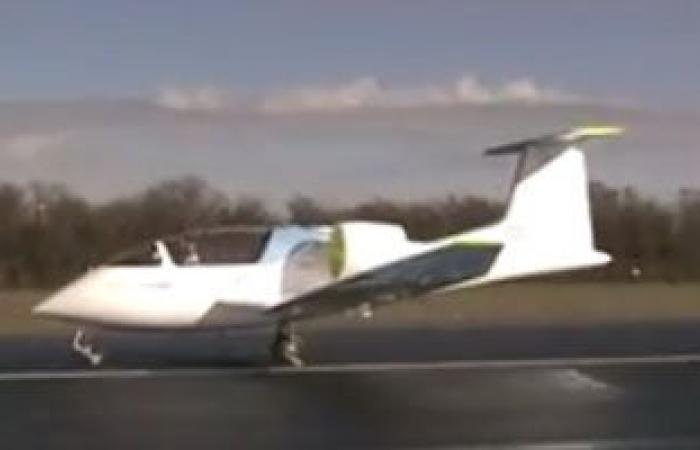Airplanes currently consume a huge amount of fuel. A Boeing 747, for example, consumes an entire gallon of fuel for every second it flies. With forecasts that 8.2 billion people will fly annually by 2037, the risk is increasing.
Therefore, research pioneers, scientists, as well as entrepreneurs have embraced the dream of electric aircraft since the late nineteenth century. Indeed, there have been many efforts to fly based on clean energy. Including relying on solar panels, or via microwave energy transmission.
With the passage of time and with the development of batteries, aircraft began to rely on electric energy in more than one way. The biggest challenge, however, was balancing the batteries’ hefty weight with their ability to fly.
And that’s because a huge aircraft that we see today needs up to 1.2 million pounds of batteries to be able to get the same power that you get from conventional engines. Of course, this is impossible.
Electric aircraft and the evolution of batteries
Batteries need to be lighter and more efficient so we can rely on them to power electric planes. In addition to providing the necessary levels of reliability provided by the internal combustion engines on which it is currently relied.
And although lithium-ion batteries are currently the most common batteries. However, scientists have been working for years to develop alternatives based on other chemical elements, such as sodium.
While lithium-ion batteries offer energy at a density of 260 W/kg, CATL has succeeded in offering energy at a density of 160 W/kg based on sodium ion, with hopes of reaching 200 W/kg by 2023.
Some other batteries come with a lighter weight than lithium-ion batteries, with greater reliability and longer runtime. However, it is still in the early stages of development.
But on the other hand, the reliability and safety elements of electric aircraft still need to be greatly improved. This is because a single cell in a battery, or the entire battery, can become overheated beyond safe levels. Especially in battery systems designed to retain energy for as long as possible.
There is no doubt that electric aircraft will face a major challenge that electric cars are currently facing. It is the balance of distance with speed and capacity of the battery. The airline will certainly not be happy when the batteries run out while the plane is flying.
These were the details of the news What is the role of batteries in the future of electric... for this day. We hope that we have succeeded by giving you the full details and information. To follow all our news, you can subscribe to the alerts system or to one of our different systems to provide you with all that is new.
It is also worth noting that the original news has been published and is available at saudi24news and the editorial team at AlKhaleej Today has confirmed it and it has been modified, and it may have been completely transferred or quoted from it and you can read and follow this news from its main source.

